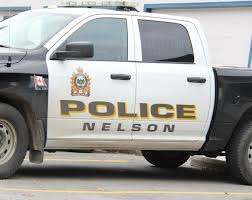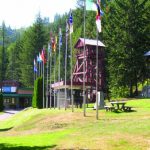Province passes tough laws to govern use of left-hand lanes
Do the right thing – don’t hog the left lane
As of June 12, 2015, drivers will need a good reason to travel in the left lane on high-speed, multi-lane highways throughout the province of British Columbia.
Beginning today, new regulations will come into effect that will clarify rules regarding travelling in the left lane. Drivers on multi-lane highways where the speed is more than 80 kilometres per hour must stay to the right unless they are:
* Overtaking and passing another vehicle;
* Moving left to allow traffic to merge;
* Preparing for a left hand turn;
* Moving left to pass an official vehicle displaying a flashing light.
During periods of congestion, the actual travel speed drops to 50 kilometres per hour or less, drivers are encouraged to use left left-most lane to keep traffic flowing.
Police can ticket drivers who should not be travelling in the left-most lane. The fine is $167, with three driver penalty points.
In addition, new laws will allow the ministry to define winter tires, studded tires and traction devices such as chains in regulation.
Another change will permit local governments to permit motorcycle parking within six metres of intersections with stop signs or signals, as long as drivers’ views are not impeded. This will allow more efficient use of space that is not large enough for a car.
Quick Facts:
* Drivers cannot use the left-most lane of a highway with two or more lanes of traffic in the same direction and having a posted speed limit 80 kilometres per hour or greater, unless they are performing a specified action set out by the act.
* The left-most lane does not include bus lanes or HOV lanes. On Highway 1 through Burnaby, for example, the left-most lane is the one next to the HOV lane.
* When traffic is minimal and no one is approaching from behind, a driver can travel in the left-most lane. This allows drivers on four-lane highways in rural areas to keep a greater distance from the road sides where they might encounter wildlife.
* Drivers may use the left-most lane if it is unsafe to use the right lane – for example, if there is debris in the lane.
* This legislation allows for drivers to move to the left lane if they are passing a stopped official vehicle displaying red, blue or yellow flashing lights, such as police cars, ambulances, tow trucks and highway maintenance and construction vehicles.























